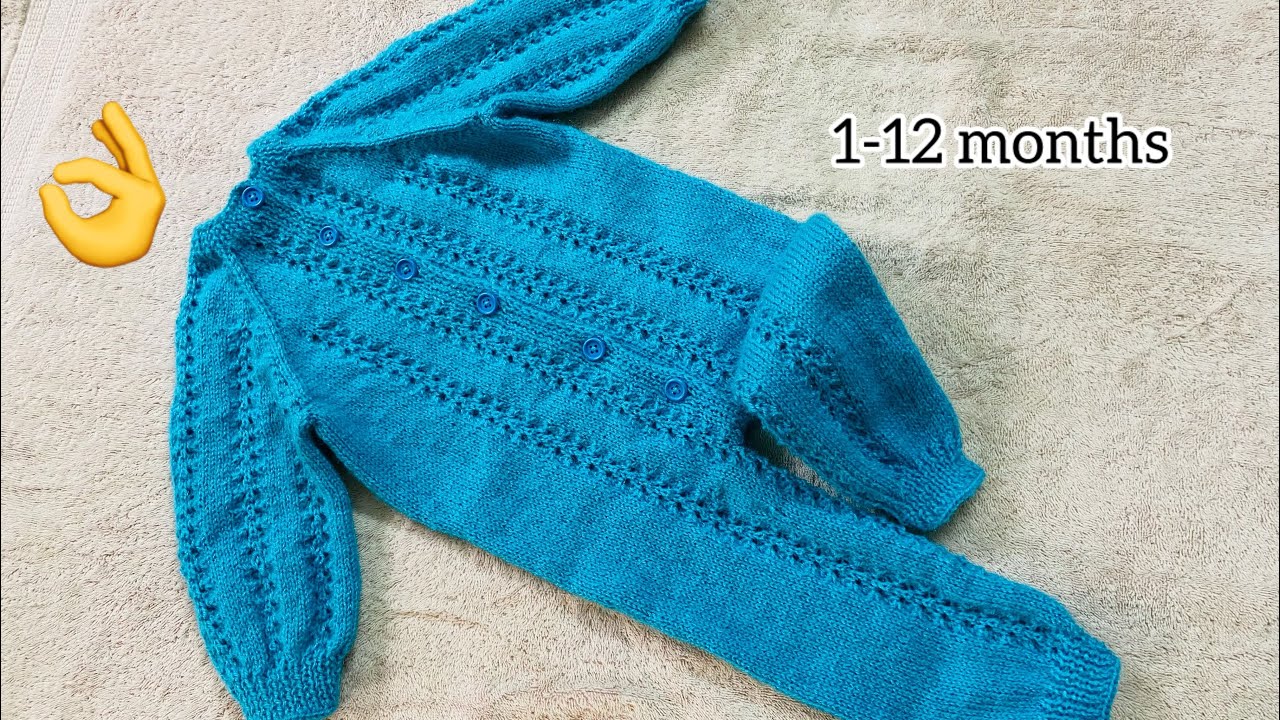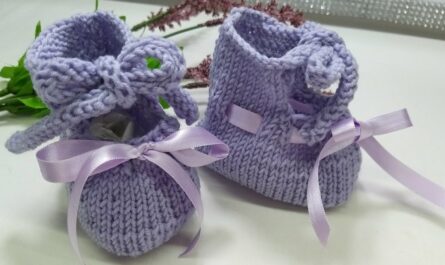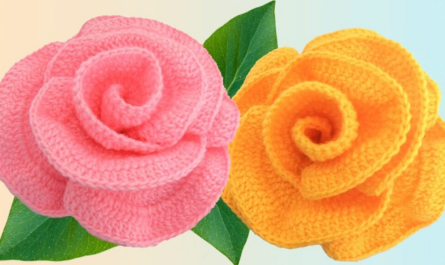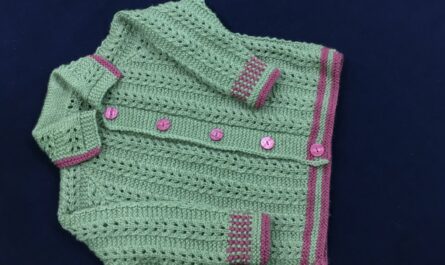The charm of a baby in a hand-knitted dungaree or jumpsuit is undeniable. More than just adorable, these all-in-one outfits are wonderfully functional, offering warmth and comfort without the fuss of separate pieces. They allow for unrestricted movement, making them perfect for crawling, playing, and snuggling. For the knitter, creating a baby dungaree is an engaging project that often combines various techniques, from working in the round to shaping and adding practical closures.
This guide will delve into the elements of designing and knitting a baby dungaree/jumpsuit suitable for little ones aged 1-12 months, providing insights into pattern structure and key features to consider.
Why Knit a Baby Dungaree/Jumpsuit?
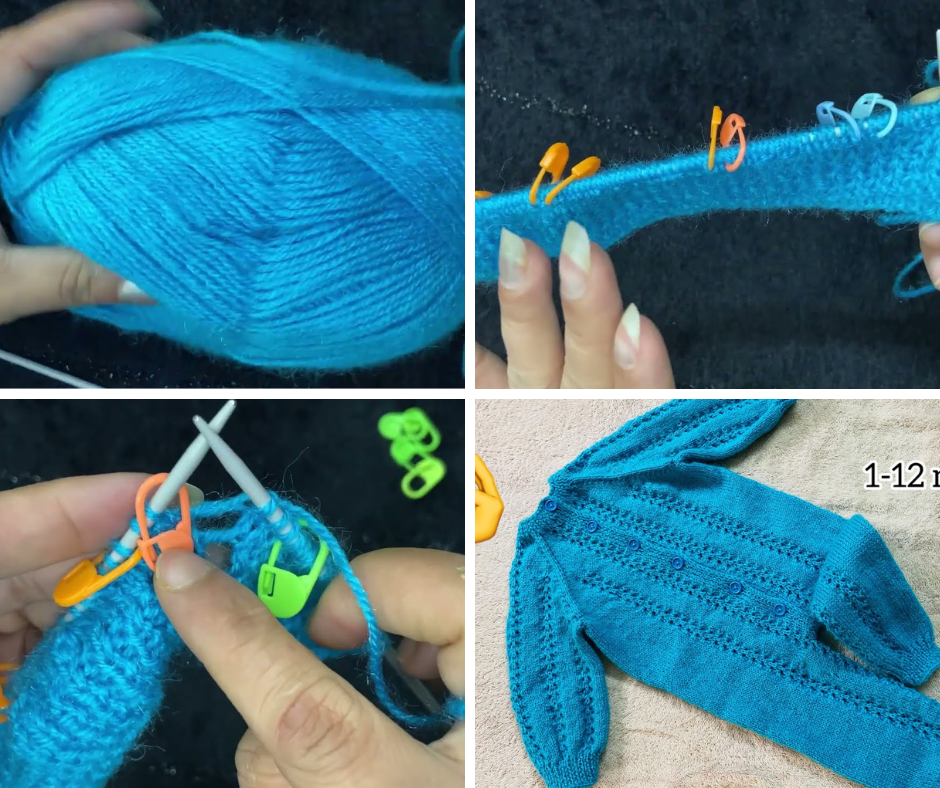
- Ultimate Comfort: No waistbands digging in, no gaps where tops can ride up, ensuring consistent warmth.
- Ease of Movement: A seamless (or minimally seamed) design allows babies to wriggle, crawl, and play without restriction.
- Practicality: Perfect for layering over onesies or t-shirts, adapting to various temperatures.
- Adorable Factor: The one-piece design is inherently charming and makes for fantastic photo opportunities.
- Customization: You control the yarn, color, fit, and design details to create a truly unique garment.
- Heirloom Quality: A well-made knitted dungaree can become a cherished keepsake, passed down through the family.
Key Design & Construction Considerations for 1-12 Months:
Before you even pick up your needles, thoughtful planning will ensure a successful project.
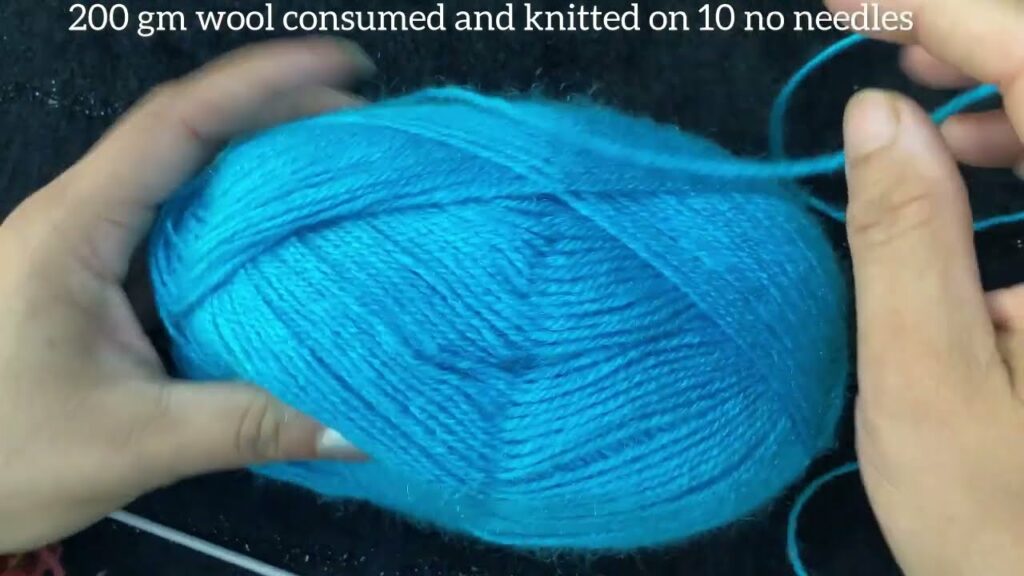
- Yarn Choice is Paramount:
- Fiber Content: Prioritize softness, breathability, and washability.
- Superwash Merino Wool: The gold standard for baby items. It’s incredibly soft, regulates temperature, and can be machine washed (check ball band for specific instructions).
- Cotton: Excellent for warmer climates or babies with wool sensitivities. Choose soft, mercerized cotton for durability and drape.
- Blends (Wool/Cotton, Acrylic/Nylon): Can offer a good balance of properties like softness, warmth, durability, and ease of care.
- Yarn Weight: This significantly impacts the fabric’s thickness and how quickly the project knits up.
- DK (Double Knitting) / Sport Weight: Very popular for baby garments, providing good stitch definition and a comfortable fabric.
- Worsted Weight: Knits up faster, creating a warmer, cozier, and slightly chunkier garment.
- Quantity: A baby dungaree typically requires more yarn than a simple sweater or hat. Always buy an extra skein just in case.
- Fiber Content: Prioritize softness, breathability, and washability.
- Sizing and Fit (1-12 Months):
- Grow Room: Babies grow quickly! Design with a little “positive ease” (1-3 inches larger than the baby’s actual chest/hip measurement) to allow for comfortable layering and extended wear.
- Diaper Space: Ensure there’s ample room in the crotch and hip area for a diaper, especially if using cloth diapers.
- Standard Measurements: Consult reliable baby sizing charts (available online or in knitting books) for average chest circumference, foot length, and overall length for 1-3, 3-6, 6-9, and 9-12 month sizes.
- Gauge Swatch (Non-Negotiable!):
- Knit a 4×4 inch (10×10 cm) swatch in your chosen yarn and main stitch pattern.
- Wash and block your swatch as you would the finished garment. This is crucial as yarn can change after washing.
- Accurately measure your stitches and rows per inch. This is the only way to ensure your finished dungaree will be the correct size. Adjust needle size up or down if your gauge is off.

- Openings and Closures: These are critical for dressing and diaper changes.
- Crotch/Inner Leg Opening: Most crucial for diaper access. This is usually a button or snap placket that runs along one or both inner legs.
- Shoulder Closures: Buttons or snaps on the shoulder straps or upper back.
- Full Front Opening: A buttoned or zippered placket running down the entire front of the jumpsuit. This offers the easiest dressing.
- Construction Method:
- Bottom-Up (Legs First): Common for dungarees. Each leg is knit separately (often in the round), then joined at the crotch to form the body. The body is then worked up to the armholes, and the bib/straps are formed.
- Top-Down (Seamless): A very popular method for jumpsuits, often using a raglan yoke. The garment is worked from the neckline down, increasing stitches for the sleeves and body. Once the body is split for the legs, the legs are worked separately in the round. This method often requires less seaming.
- Flat Pieces & Seamed: Knitting the front, back, and sleeves/legs flat and then seaming them together. This allows for simpler stitch patterns that don’t work well in the round, but results in more seams.
Elements of a Baby Dungaree/Jumpsuit Knitting Pattern:
A well-written pattern will guide you through these typical sections:
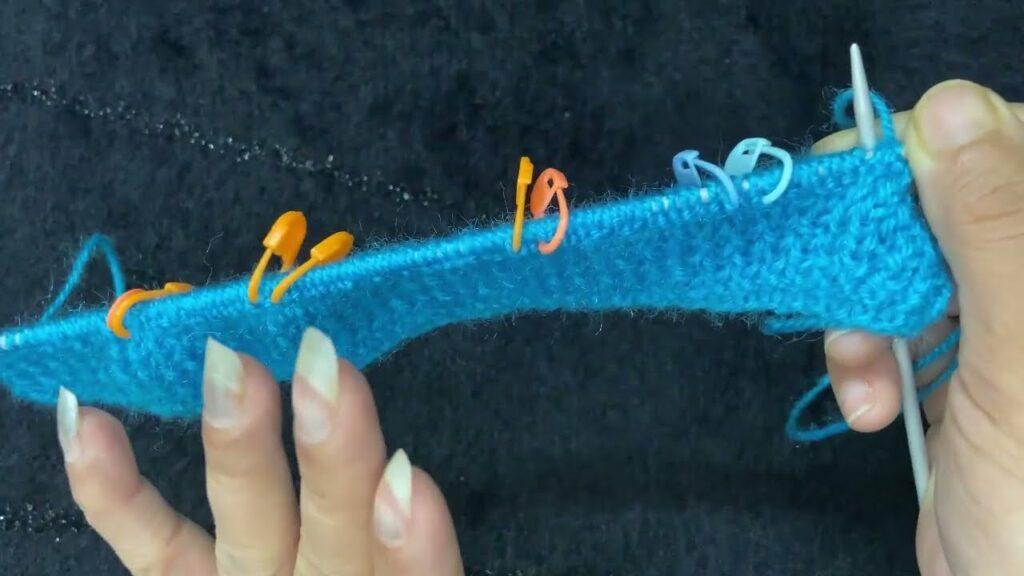
- Materials List: Specifies yarn type, weight, estimated quantity for each size, needle sizes (circulars, DPNs), stitch markers, tapestry needle, buttons/snaps, etc.
- Gauge Information: Clearly states the required gauge.
- Finished Measurements: Provides garment dimensions for each size (e.g., chest circumference, inseam, total length).
- Abbreviations: A list of standard knitting abbreviations used in the pattern.
- Pattern Notes: Important tips, special techniques, or modifications.
Typical Construction Breakdown (often Bottom-Up for Dungarees):
- Legs (Make 2):
- Cuff: Cast on stitches (often using a stretchy cast-on) and work a few rounds/rows of ribbing (1×1 or 2×2) or garter stitch.
- Main Leg: Work in the main stitch pattern (e.g., stockinette, garter).
- Shaping: Increase stitches periodically along the inner leg to create room for the diaper and hip, working towards the crotch.
- Place stitches on a holder or spare yarn for later.
- Joining the Legs & Body:
- Bring the two leg pieces together.
- Work across the stitches of one leg, cast on a few stitches (for the crotch), then work across the stitches of the second leg. This forms the main body in the round.
- Continue working the body up to the armholes.
- Separating for Armholes & Bib/Bodice:
- Divide the stitches for the front and back sections.
- Work the front and back sections separately, shaping the armholes by binding off or decreasing stitches.
- Dungaree Bib/Straps: For the front bib, you’ll work a section up from the waist, shaping the sides and often adding buttonholes at the top for the straps. The back will typically consist of narrower straps worked up from the back waist.
- Full Jumpsuit Bodice: If it’s a full jumpsuit, you’ll continue shaping the front and back bodice to the neckline and shoulders, potentially including a full front placket for buttons.
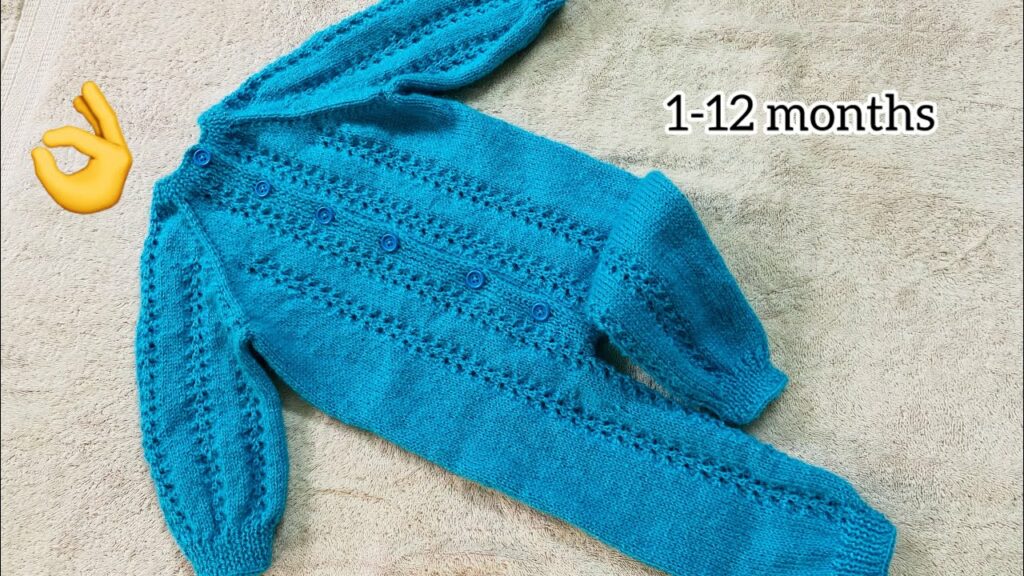
- Sleeves (if applicable):
- If knitting a sleeveless dungaree, the armholes will simply be edged (e.g., with ribbing or garter stitch).
- If adding sleeves, they are typically picked up from the armhole edge (for seamless) or knitted flat and seamed. Work in the round, decreasing for shaping if desired, and finish with a cuff.
- Crotch/Inner Leg Placket:
- Instructions for creating a placket with buttonholes on one side and buttons/snaps on the other along the inner leg seam, from the crotch down to the ankle. This is essential for diaper changes.
- Finishing:
- Seaming: If you knit flat pieces, meticulous seaming (like mattress stitch) will be required to join all sections.
- Weaving in Ends: Securely weave in all yarn tails.
- Buttons/Snaps: Attach all closures securely. For baby items, ensure buttons are large enough not to be choking hazards and are sewn on extremely tightly.
- Blocking: Gently wash and block the finished garment according to yarn instructions. This relaxes the stitches, evens out tension, and sets the final shape and size.
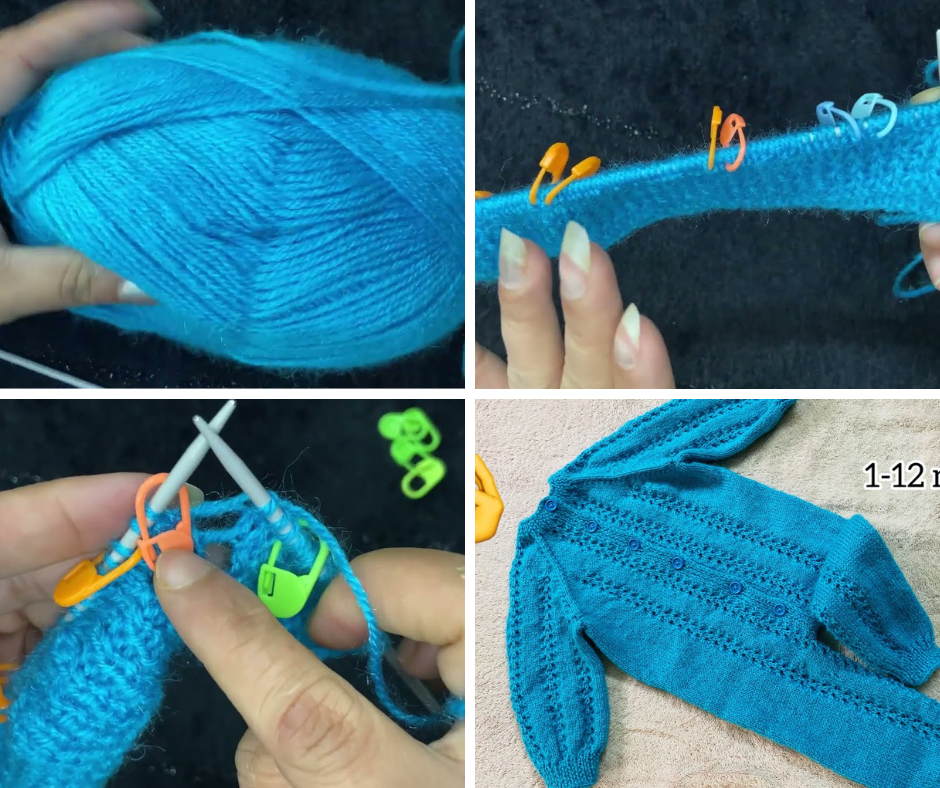
General Tips for Success:
- Read the Pattern Thoroughly: Before casting on, read the entire pattern from beginning to end to understand the construction and flow.
- Use Stitch Markers: Especially when working in the round or with shaping, markers are invaluable for tracking repeats and sections.
- Don’t Be Afraid to Unpick: Mistakes happen! A good seam ripper is your friend. It’s better to unpick and re-knit than to have a garment you’re unhappy with.
- Consider Baby-Safe Closures: Wooden or smooth plastic buttons are ideal. Avoid rough edges. snaps can be sewn on securely as well.
- Enjoy the Process: Knitting for babies is a labor of love. Savor each stitch as you create something special for a little one!
Video Tutorial :
A hand-knitted baby dungaree/jumpsuit is a truly practical and heartfelt gift. By paying attention to yarn choice, gauge, and functional design elements, you’ll create a comfortable, adorable, and cherished garment that will bring joy to both the baby and their family. Happy knitting!
